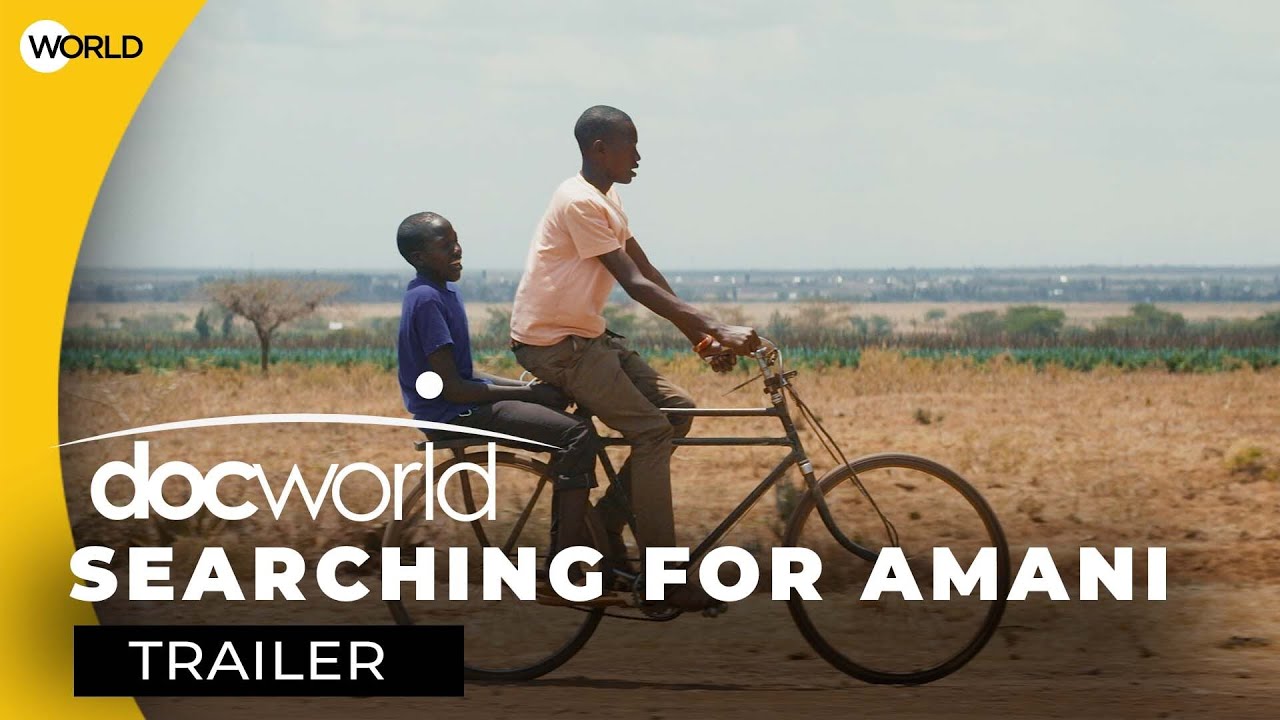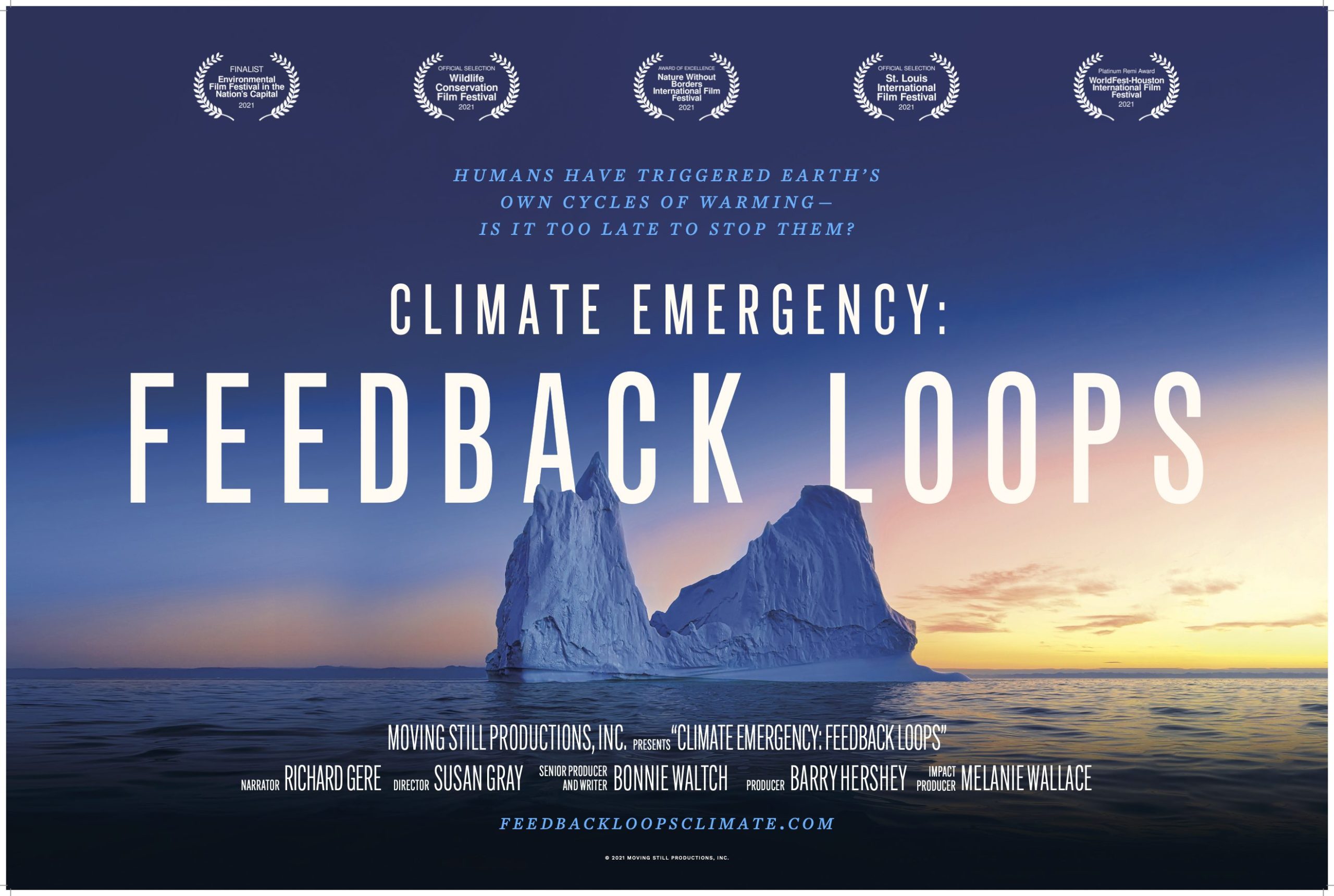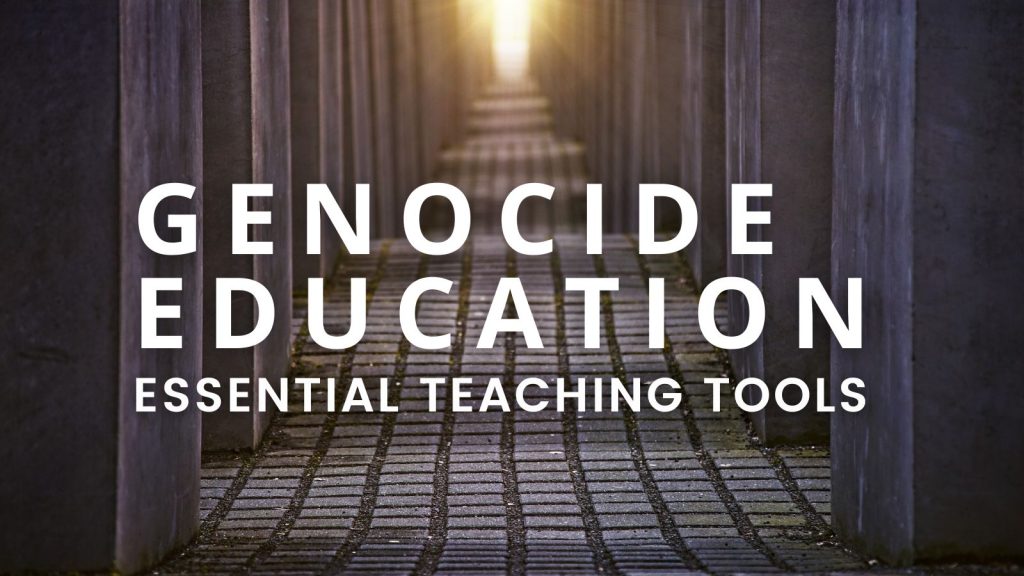Environment
Environmental Studies Resources: New at Journeys in Film
We are excited to announce our latest Environmental Studies Resources — new at Journeys in Film! These Environment-themes documentaries and education resources remind us that we live in a beautiful and precious world to inspire learning about the environment. The lessons connect directly with key instruction areas. Environmental Studies Resources: New in 2025 Environmental Studies Resources: […]
Read More ›Searching for Amani Teaching Resources: New at Journeys in Film!
We’re pleased to introduce our collection of Searching for Amani Teaching Resources, new at Journeys in Film! Searching for Amani follows a thirteen-year-old aspiring journalist’s investigation of his father’s tragic murder within the boundaries of one of Kenya’s largest wildlife conservancies. Why Use Searching for Amani Teaching Resources In Your Classroom Searching for Amani introduces […]
Read More ›12 Fun Films to Teach For Earth Month
Film is a powerful tool for engaging students across the curriculum (not just in science classes!) about the wonders of the natural world, environmental science, and youth climate activism. We’ve rounded up some of our favorite Earth-related resources to help you inspire your students for Earth Month, Earth Week, Earth Day and all year long! […]
Read More ›Learning About Forests for Earth Day and Everyday
Learning about forests for Earth Day and everyday is vital for students. Earth Day corresponds closely with Arbor Day, another opportunity to teach about forests. Additionally, forests are essential parts of our ecosystem. Thus, we encourage you to integrate this learning into your classroom anytime of the year. But, the April holidays of Earth Day […]
Read More ›Film Tools to Teach Climate Science in the Classroom
Teaching climate science and educating youth about the environment is more important than ever. Although environmental education can be challenging, teaching with film engages and excites students. Thus, we’re highlighting free resources that take advantage of the power of film. Use these resources to teach climate science, earth science, and other environmental topics. We’re here […]
Read More ›







